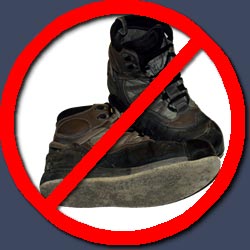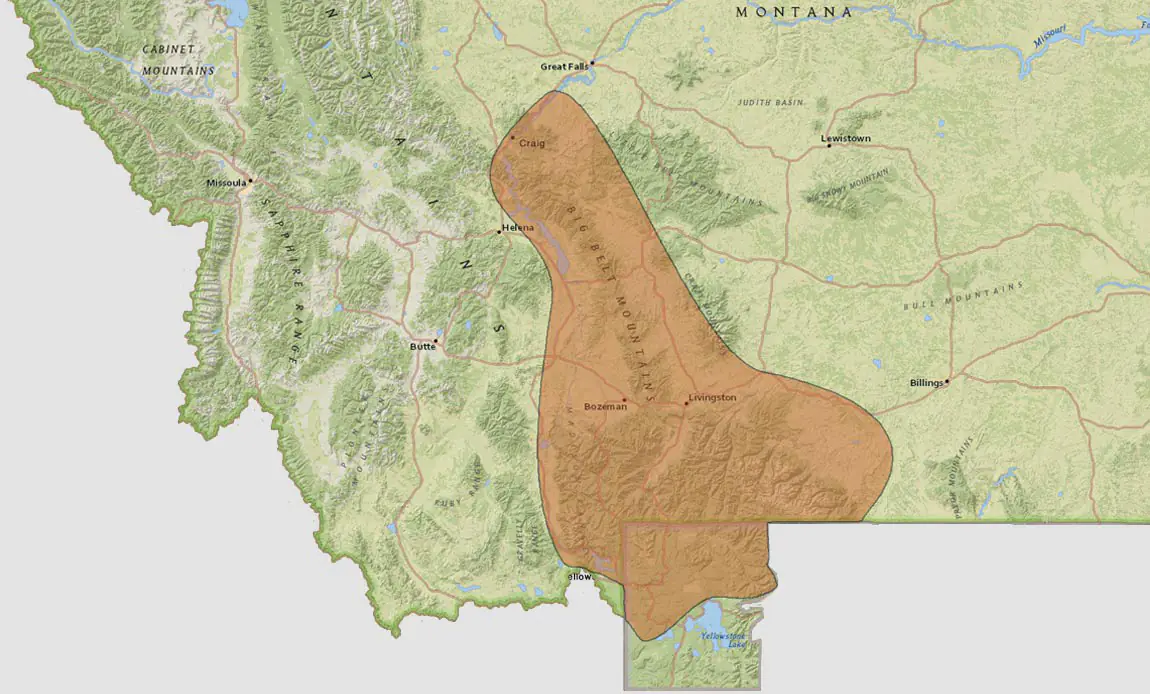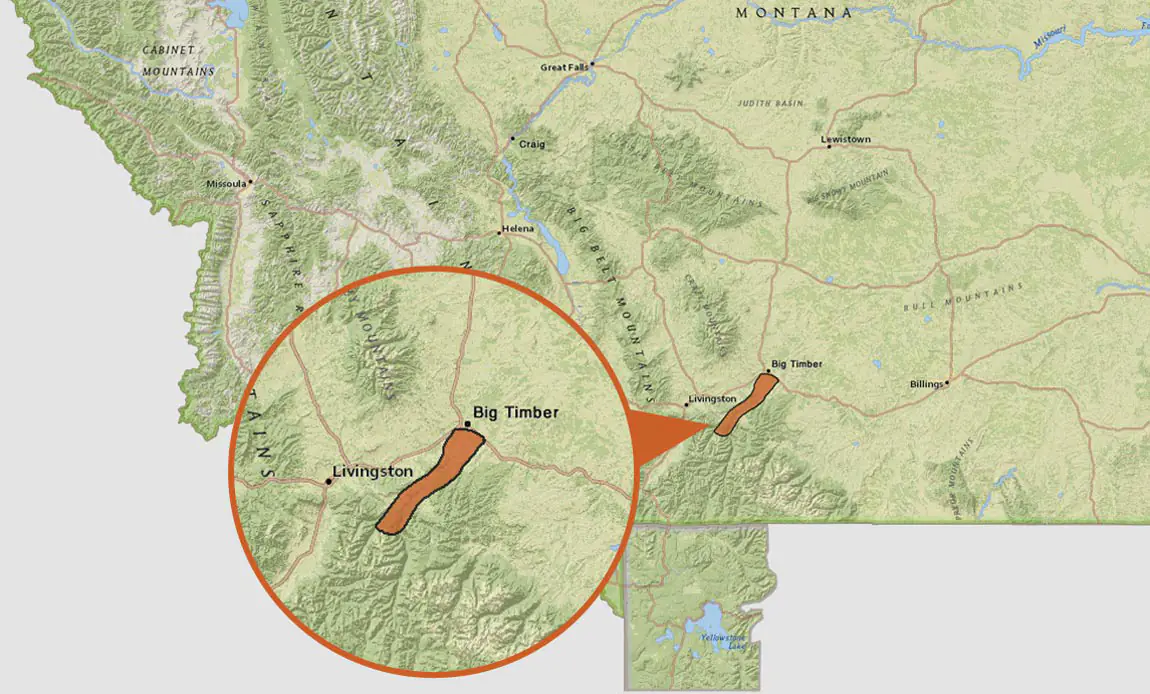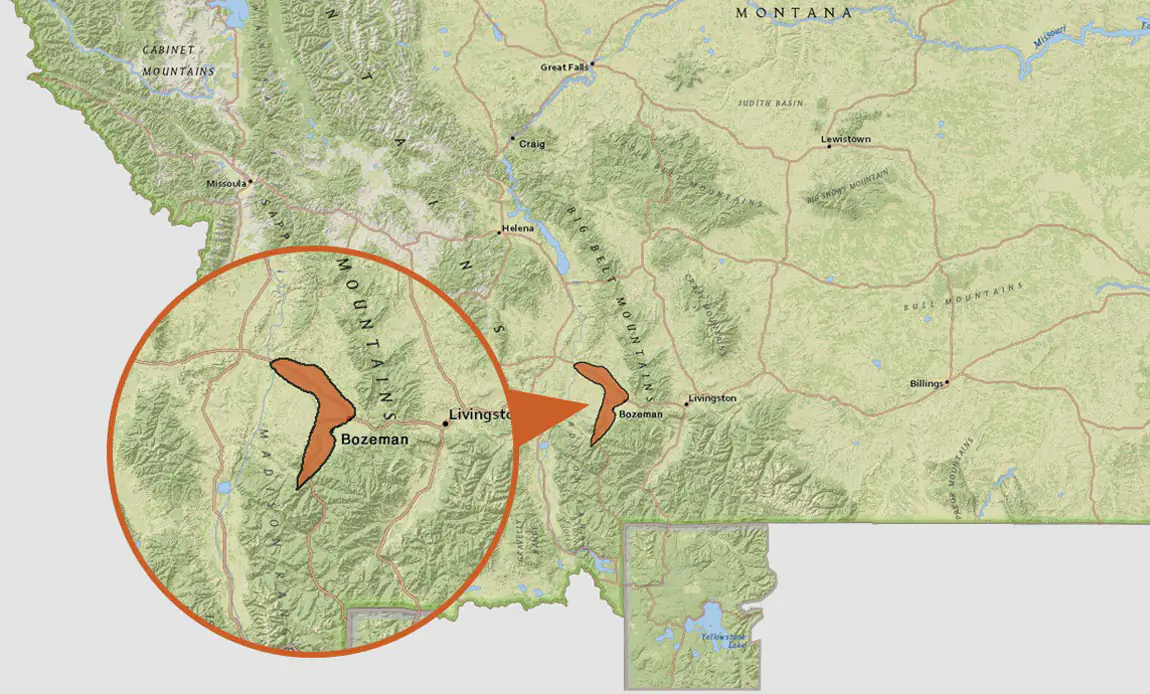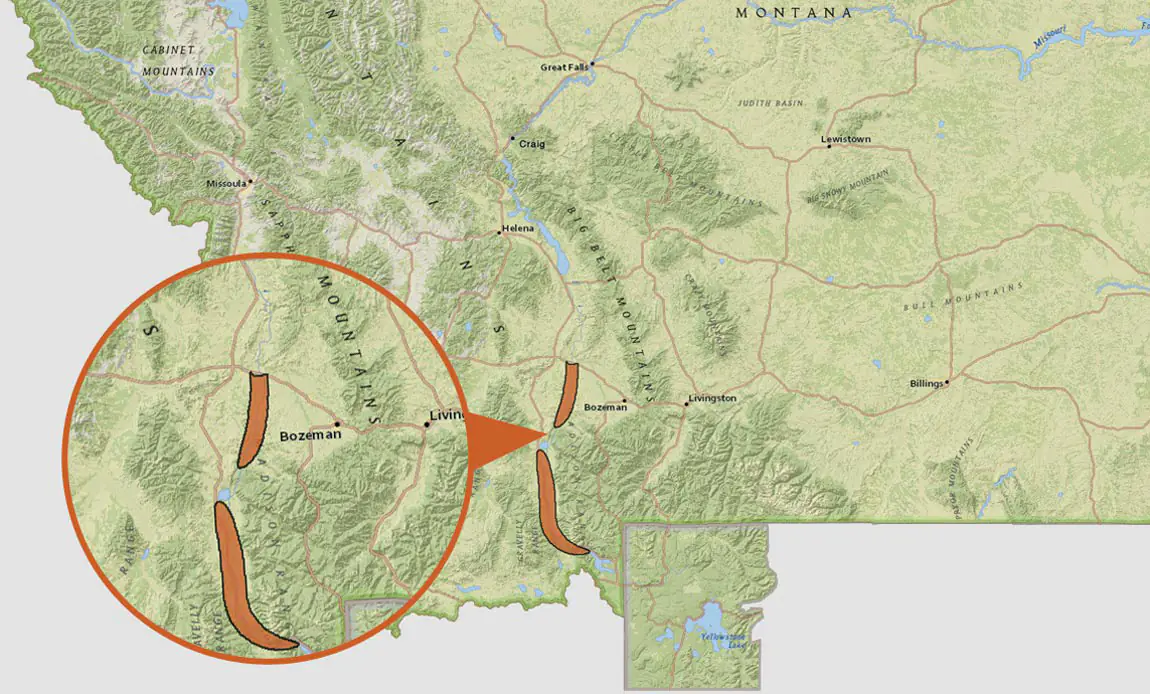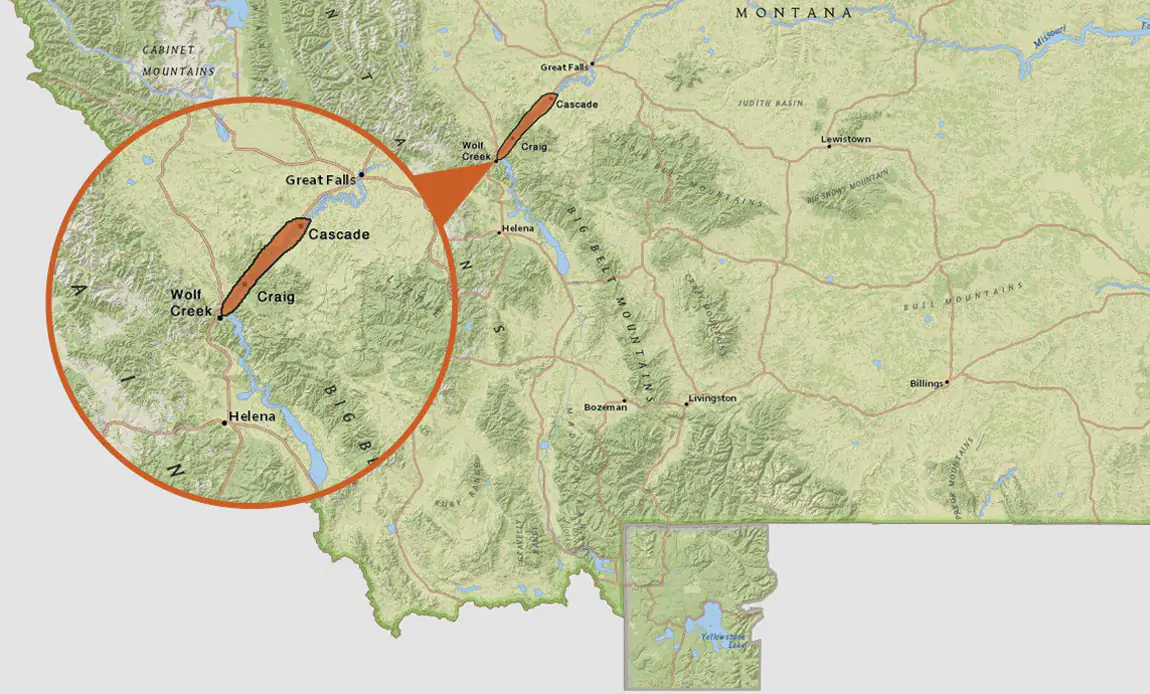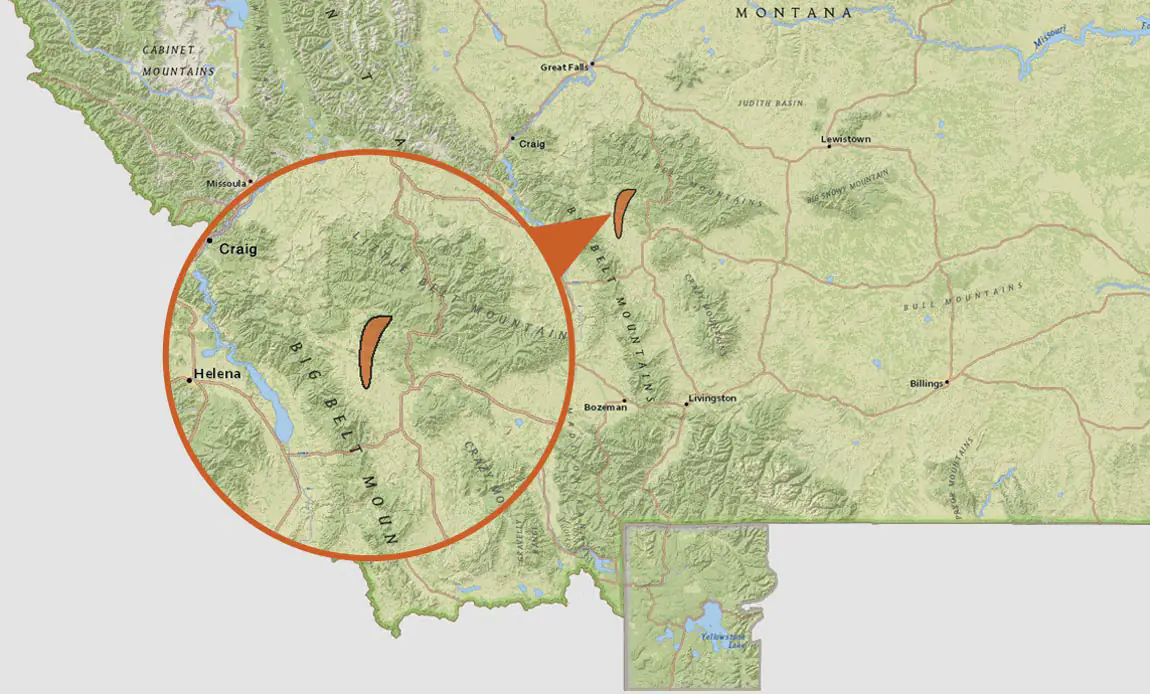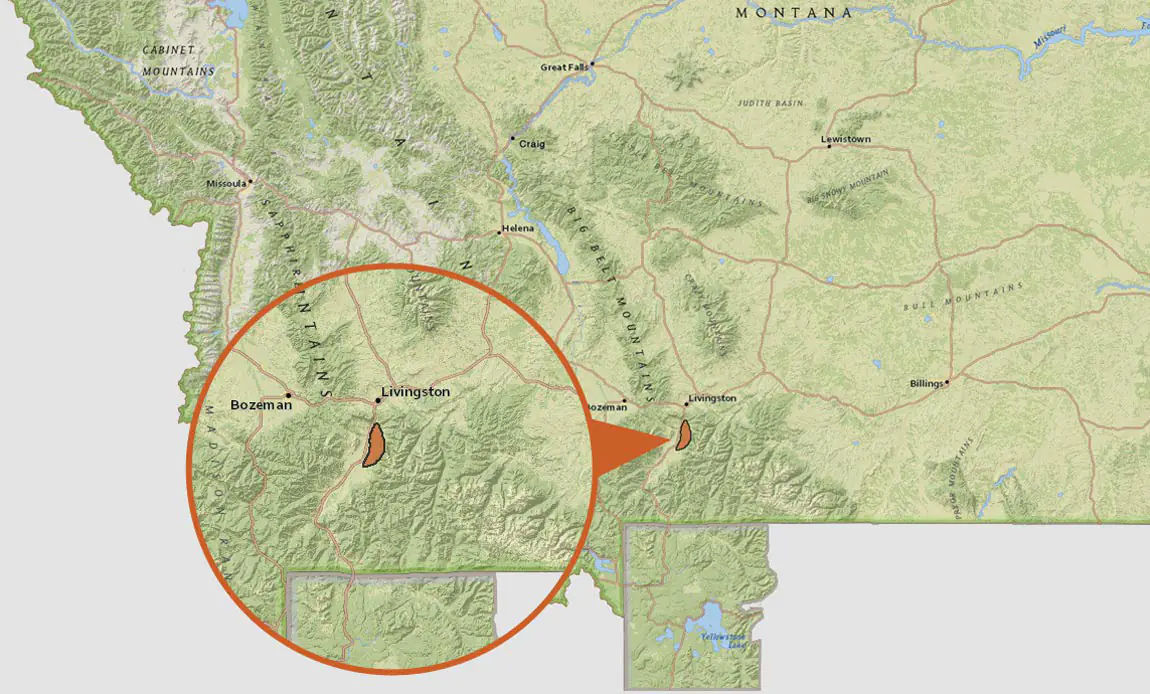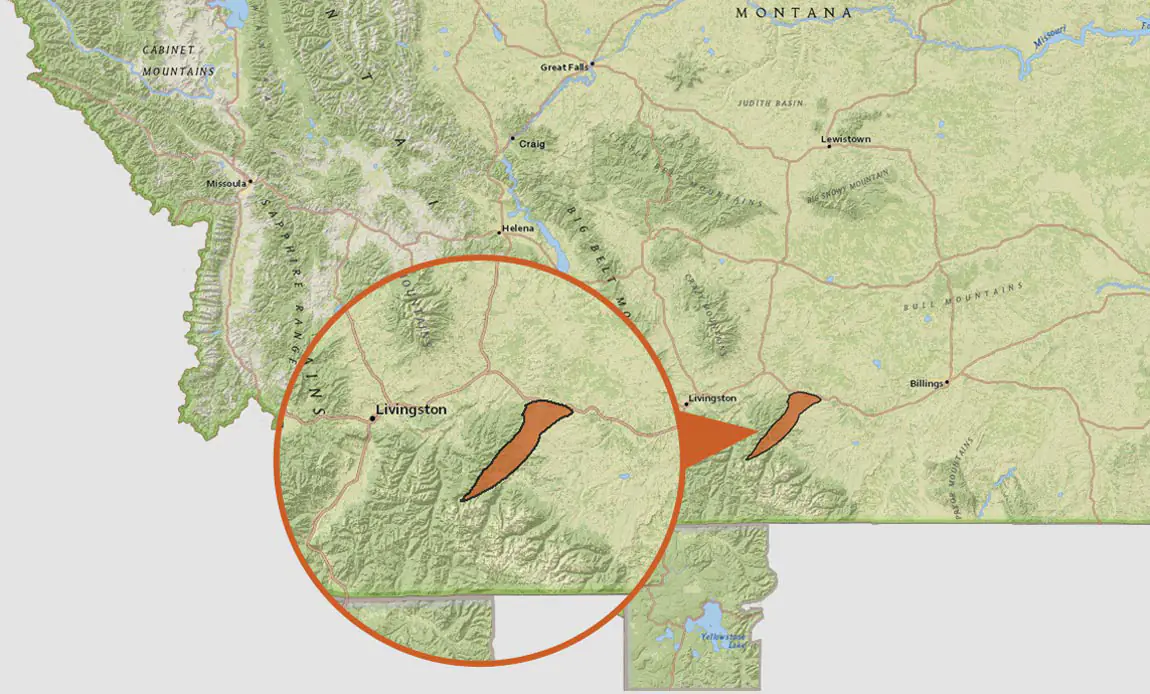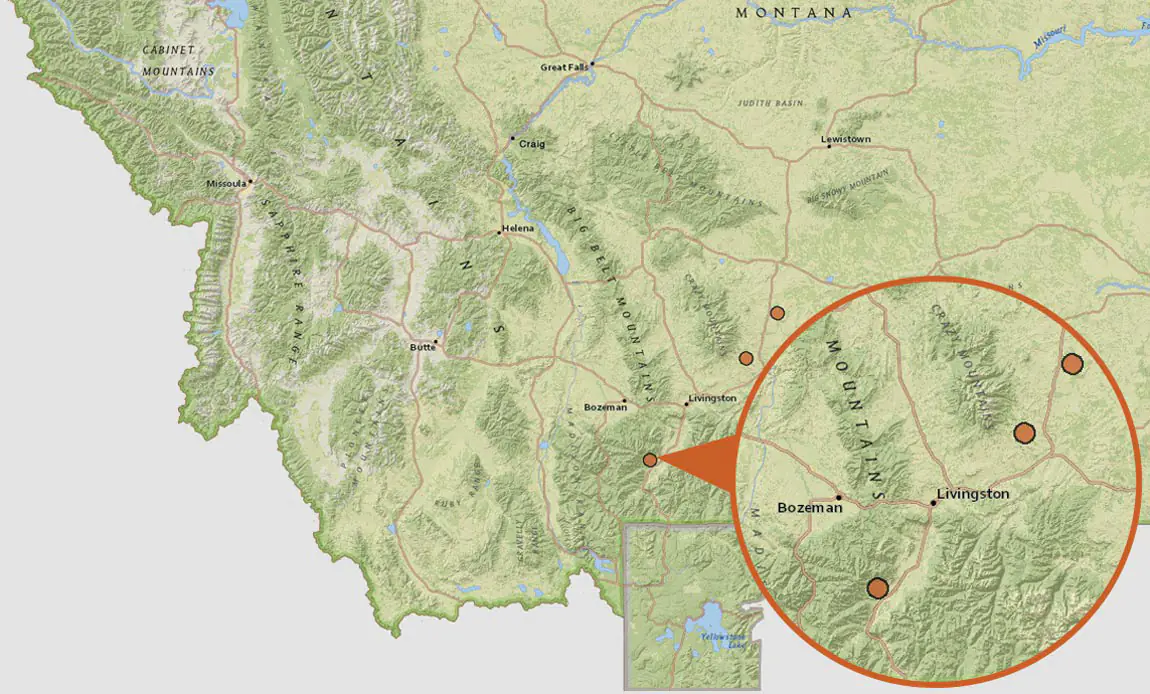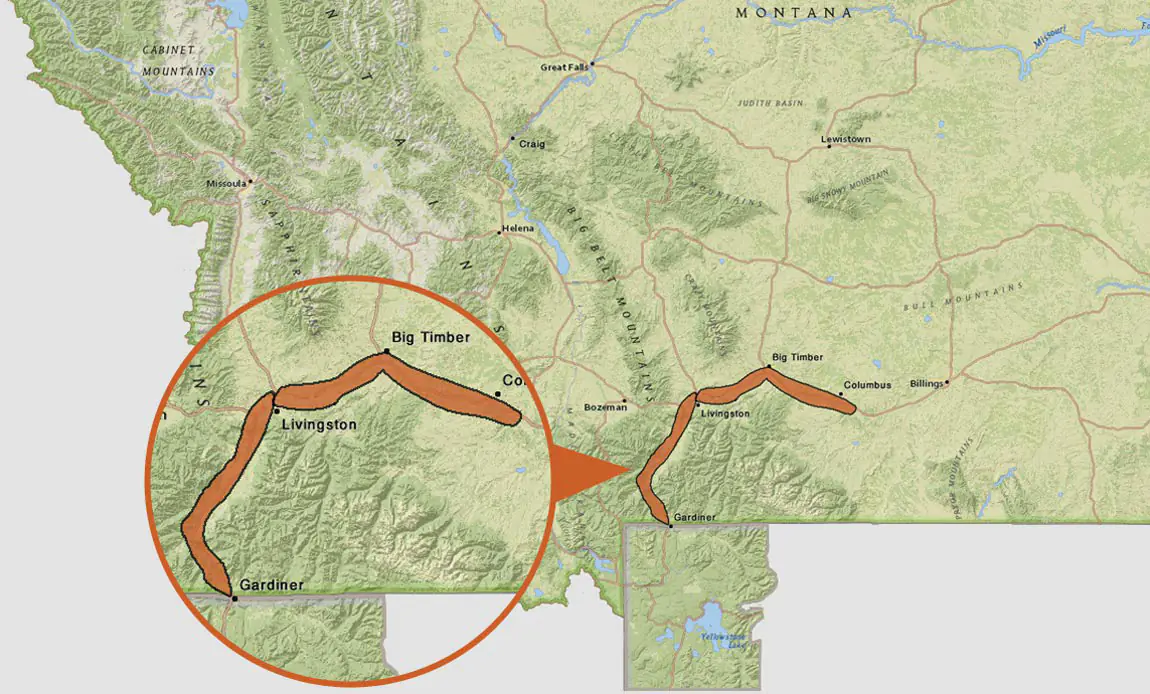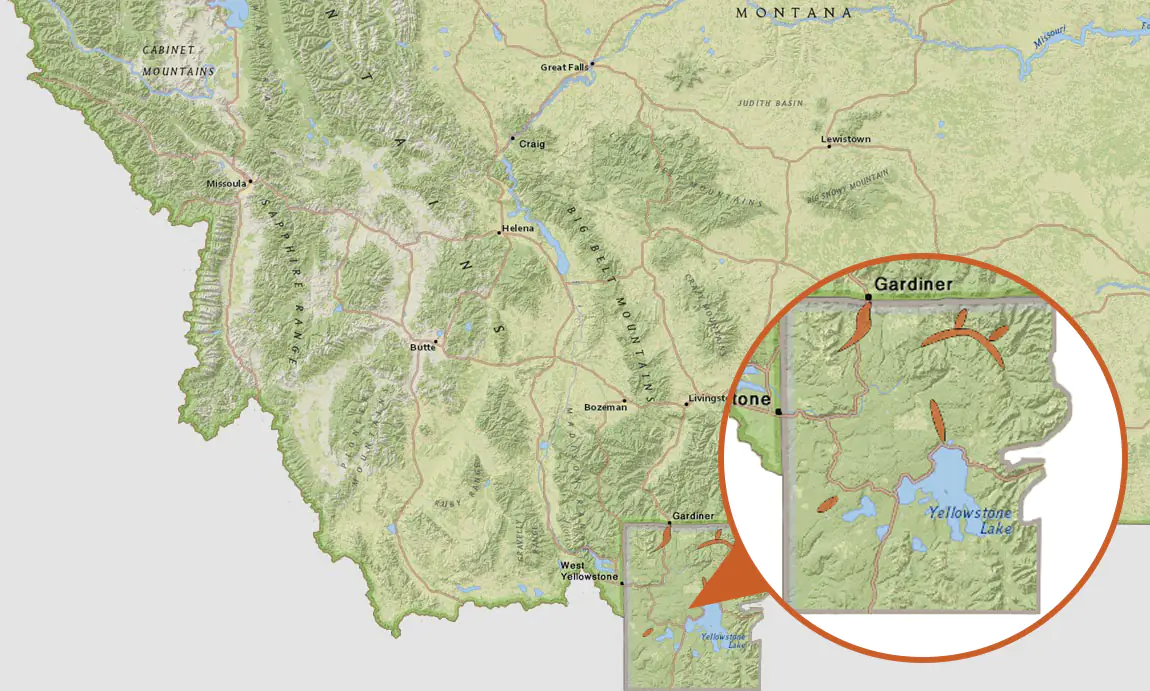Angler’s coming to Montana to fly fish may literally have to step into a pair of new shoes. It’s not a law yet, but there is a proposed bill that is circulating in the Montana Legislature. This bill, if enacted, would ban felt on Montana Rivers as early as the fall of 2011, but there are wide discussion and a bit of controversy right now. Here are our interpretation and stance on the discussion.
It’s well known that Alaska has banned felt soled wading shoes on its rivers starting January 1st, 2012. The many Western States are now following suit by proposing similar legislation. Current science leaves little doubt that felt, with its porous nature, is an especially good vehicle for transporting a number of Aquatic Nuisance Species (ANS). These species include Whirling Disease, New Zealand Mud Snail, Zebra Mussel, Didymo and a number of other lesser-knowns that are just as threatening. So why would anyone disagree with a felt ban in Montana or anywhere else for that matter?
In our observations, few anglers are against actively working toward preventing ANS. However, those opposed to this particular argument generally fall into two camps that we’ll call safety and effectiveness.
Safety concerns are certainly a valid argument. To our knowledge, there is currently only one alternative to felt soles, rubber soles. All of the major manufacturers have developed various versions of rubber soled wading shoes. We’ve been privy to a number of these versions and some prototypes. In our experience rubber is noticeably unstable compared to feel, however, there are a couple of these compounds actually as good or better (we’ll save that discussion for later). While most anglers who’ve tried non-felt wading shoes are not convinced of its stability it’s a rather poor case to base an argument upon. By such logic, one would rather fish a stream with slightly more stable wading conditions even though it’s so contaminated with ANS there are few healthy trout within its banks.
 The other camp is one that states felt isn’t the only material to transport ANS – so banning it won’t be effective. This camp often sites even without felt shoelaces, porous canvas, socks, neoprene feet on waders and drift boats can also transport ANS. Few would argue their point. However, we would suggest that those adhering to this camp read this scientific paper. To summarize the researcher’s results felt contained the Didymo ANS 3,000 times more than rubber soles furthermore the leather uppers and neoprene held drastically reduced numbers of the ANS. This doesn’t suggest a lack of knowledge on this camps argument, but again the short-sided nature of their stance. While this camp correctly states that banning felt will not solve the problem we contend it also won’t exacerbate the problem.
The other camp is one that states felt isn’t the only material to transport ANS – so banning it won’t be effective. This camp often sites even without felt shoelaces, porous canvas, socks, neoprene feet on waders and drift boats can also transport ANS. Few would argue their point. However, we would suggest that those adhering to this camp read this scientific paper. To summarize the researcher’s results felt contained the Didymo ANS 3,000 times more than rubber soles furthermore the leather uppers and neoprene held drastically reduced numbers of the ANS. This doesn’t suggest a lack of knowledge on this camps argument, but again the short-sided nature of their stance. While this camp correctly states that banning felt will not solve the problem we contend it also won’t exacerbate the problem.
This is a broad and complex ecological issue with a number of socio-economic impacts. However, if one looks at the ban on felt as the beginning of a solution to the problem then it appears to make good sense. While this is our take on this issue we welcome discussion and debate. So make sure to post your thoughts on the possible ban of feeling in Montana.
Educate yourself with these great resources:
The Montana Felt Ban Bill


